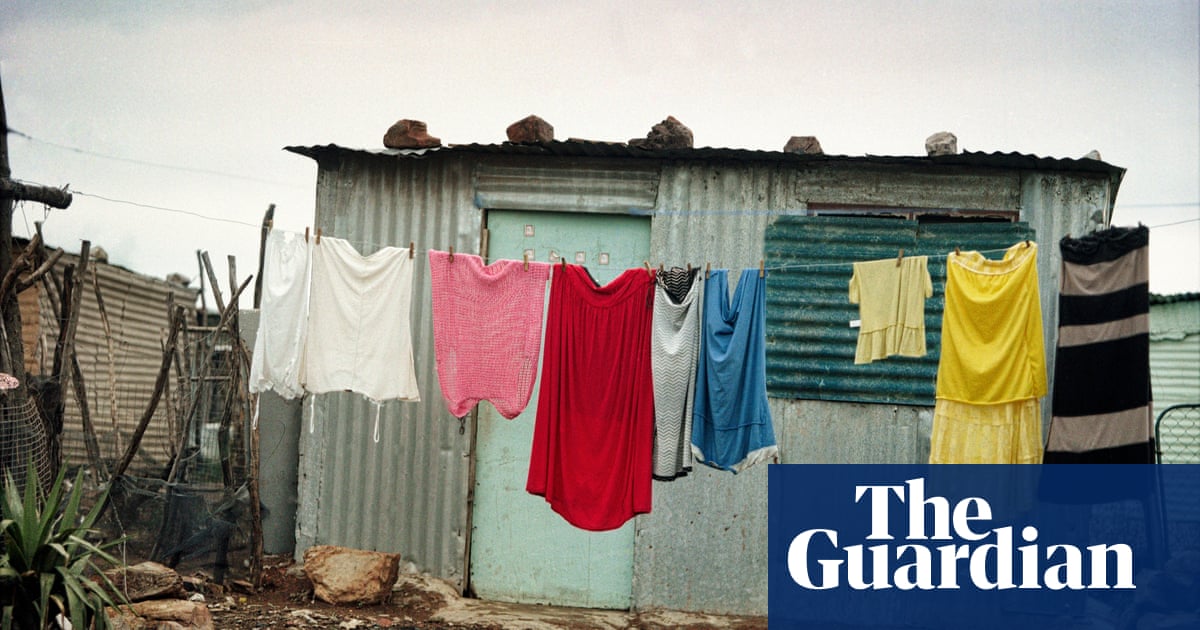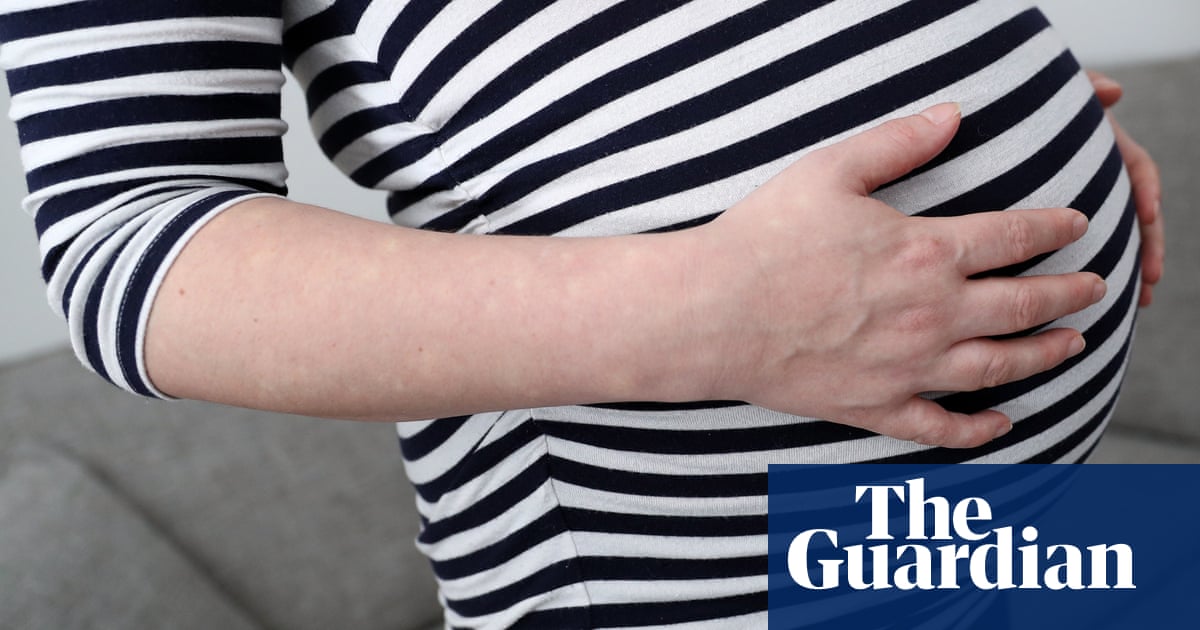I’ve been drinking a lot of riesling lately. There is, naturally, quite a bit of variety in a drinks writer’s liquid diet, so to have the same thing twice in one week is a sure indication of a fascination developing, or of a habit forming. There’s not much psychoanalysis required as to why that might be the case: the sun is out and, by the time this column comes out, it will (hopefully) be here to stay. And, for that, I simply must have a glass of white wine in my hand.
Or maybe I need to dig a bit deeper. Why riesling specifically? I like my riesling how all the other freaks do – namely when it tastes as little like wine as possible. When petrol and wax abound on the nose. And with an acidity that slaps you round the face a little, as well as generous fruit that soothes. Riesling is a wine that feels like a meal. And, just maybe, after a haggard winter marked by comforting reds and weighted blankets, I’m in the mood to be challenged and excited again.
It’s because of these peculiar, acquired-taste notes that riesling is so often a grape for the wine nerds, yes, but that’s also why I’m so pleased it’s so easy to pick up in supermarkets and wine shops alike. The kinds of riesling you’ll most likely find in the supermarket are German and dry, though there is also plenty to discover from Australia, New Zealand, South Africa and Alsace. They tend to be labelled by variety only, however, so if you want to be sure of the sweetness levels, make sure you check the label to know what to expect.
In the wine classification of prädikatswein, the lightest dry German rieslings are described as kabinett-style: that is, bright and with low residual sugar. These are usually appley, sprightly things that you can drink without overthinking, and are the sort of riesling to serve to someone who needs convincing, or who doesn’t think a nose pull of petrol is the most pleasurable thing on Earth. Yet.
Moving up the scale, we have spätlese (literally, “late harvest”), for which the grapes are picked at least a week after the regular harvest, so have more time to ripen and have a higher sugar content. They also tend to be fleshier, and are certainly the least intense of the sweeter rieslings.
You may also come across riesling marked auslese, meaning selected harvest wines that can be even riper than spätlese, but not always. Sweeter, off-dry riesling (wherever it’s from) is the firm foil to the supposition that sweetness = poor quality. These wines can be intriguing, poised, and the best are kept in check with a fine acidity. Confront yourself. Embrace the sweetness.
Four rieslings to wet your whistle
Dr L Grey Slate Riesling £10 Waitrose, 10.5%. Named after the Mosel’s terrain, this is clean, crisp and mineral.
Moselland Riesling Spätlese 2023 £11.40 Tanners Wine Merchants, 14%. A little fuller, and made from late-harvested grapes. Like fruit dipped in honey.
Tin Shed Wild Bunch Riesling 2023 £24 Good Wine Good People, 12.4%. A great year for Australia’s Eden Valley riesling, and this one’s bright and vivacious.
Mont Gras Handcrafted Bío Bío Riesling 2020 £13.50 The Wine Society, 13%. A Chilean sweet riesling for aromatic dishes.

 9 hours ago
4
9 hours ago
4

















































